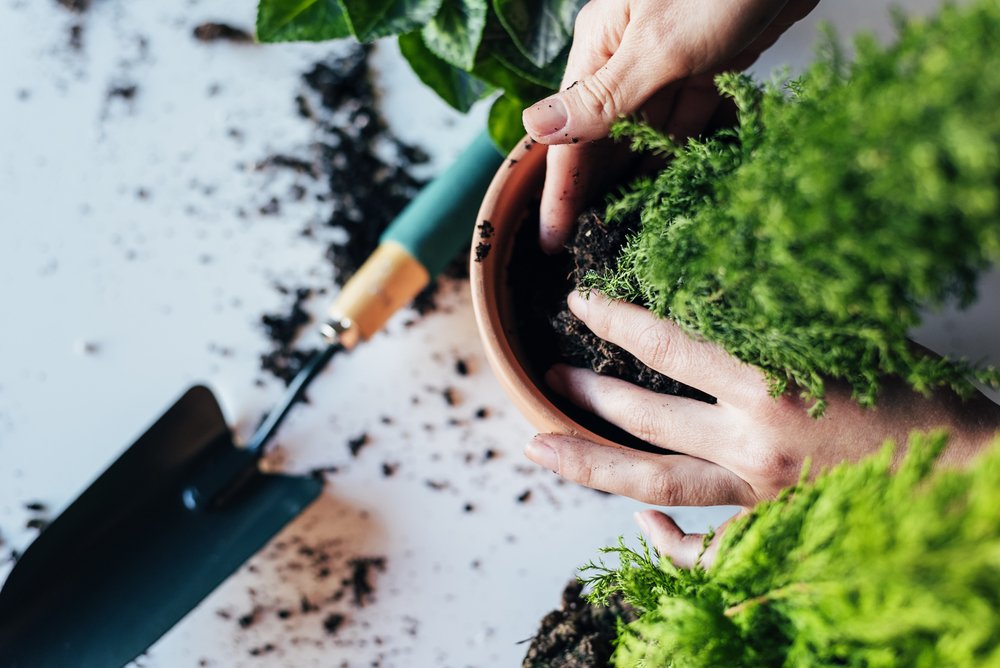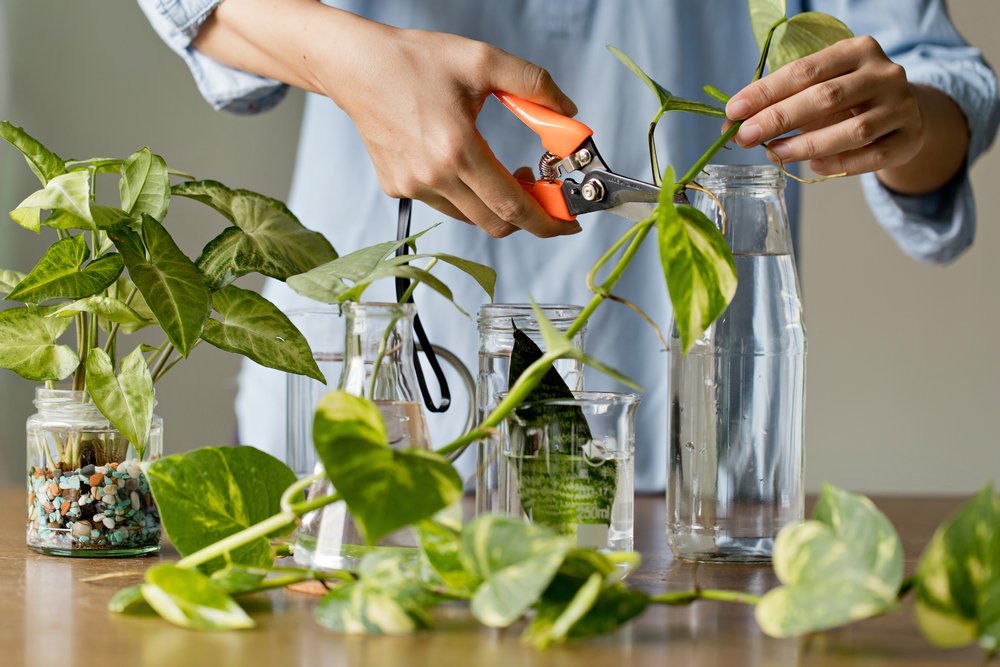
Useful Tips to Grow Fresh Salads Indoors All Winter
Growing fresh salads indoors doesn’t have to be difficult as winter approaches, all thanks to these useful and easy tips on how to your yummy greens without stressing or breaking the bank.
With the holidays come the winter season, which makes you want to remain indoors all day. Also, with the ongoing COVID-19 pandemic, going to the grocery store to get your favorite salads seems like an impossible task.
Luckily, if you cannot go out for whichever reason, you don’t have to give up on eating fresh salads because you can grow them right in the comfort of your home. Here are useful, easy tips to help make that possible.

A bowl of salad with cheese and fresh vegetable. | Photo: Shutterstock
GROW YOUR LETTUCE UNDER LIGHTS
To grow juicy lettuce plants, you’ll need an indoor light source, preferably grow lights or simple fluorescent shop lights. It is advised that you place the lights less than 2 inches from the tops of plants.
Note that some seedlings grow faster than others, so you can place the slow boomers on boxes or books to get them closer to the source of light, but not close enough that they get scorched.

A woman's hands picking green lettuce in vegetable garden. | Photo: Shutterstock
First, fill your planting container with a mixture of soilless sterile potting soil and compost, and then scatter the seeds across the soil surface. Cover them with more compost and water them generously with a watering can.
As the seeds germinate, ensure to water them regularly. It is important to thin out the leaves when they start to appear. After about five weeks, you should notice an ample amount of green enough for a two-person salad.

A woman's hands transplanting plant a into a new pot. | Photo: Shutterstock
YOU CAN USE A SUNNY WINDOWSILL
If you can’t get a source of artificial lighting, then the natural rays through your window can do justice. Fill your plant pot with multi-purpose compost and place a saucer underneath it.
Water it generously with a watering can, and once the water drains onto the saucer, it spreads your seeds evenly across the soil. Cover the distributed seed with a thin layer of compost, making sure no seed is visible.

A woman sprays plants in flowerpots by window. | Photo: Shutterstock
Turn a large clear plastic food bag and place it over the plant pot, holding it firmly with a band. Take the pot to a well-lit window with a temperature between 18-22C.
Check and water the set-up regularly, remembering to rotate the pot after germination. After you notice the leaves appear, feed the plant with a liquid feed. Once your stems are long enough, cut them halfway to harvest them.

A woman cutting a plant with a kitchen scissors. | Photo: Shutterstock
AVOID VITAMIN D DEFICIENCY
Along with the winter comes the absence or low presence of sunlight, leading to vitamin D deficiency resulting in an array of health problems, including fatigue, muscle pain, and deep bone pain.
To avoid this condition, try to get at least 20 minutes of sunlight exposure. If there is no sunlight, you can take vitamin D supplements based on the doctor’s prescription. You can also eat foods rich in vitamin D, such as eggs, soy, milk, and cereal.
